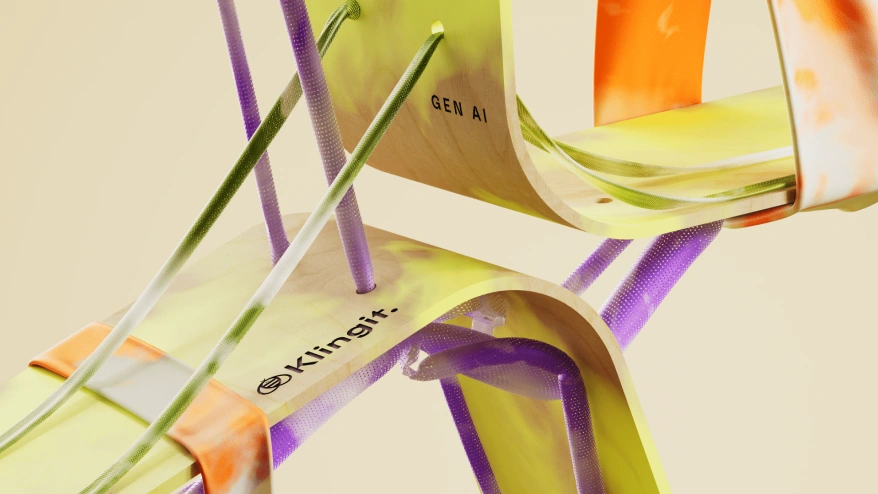We started off the conversation by hitting the basics; the fundamental difference between AI and generative AI.
– Well, generative AI is kind of a category of AI right. So, AI is this broad term where everything computer related kind of falls under it. Everybody uses AI because it’s a popular buzzword at the moment, a lot of these tools aren’t AI, but a fancy database. But generative AI definitely involves the computer following a rule set that it has, like a fancy autocorrect lets say. When it comes to working with text, it excels at predicting word combinations based on a vast database. In the realm of images, it can understand the sort of layout, how to frame it and basic image theory, says Joey Mitchell.
In the realm of artificial intelligence, interactions can be likened to engaging in a structured conversation with a machine. However, it’s important to understand that gen AI isn’t all-knowing. Users often scratch their heads, confused by why it doesn’t quite get what they mean. AI doesn’t possess the capability to handle abstract concepts or recollect prior interactions. Therefore, it’s essential to give it precise instructions on each occasion.
“AI is like talking to a child that doesn’t know everything, so you have to explain and find some common grounds.“

The key is to establish a common understanding and maintain simplicity. Because clear and straightforward directions yield more accurate results. To enhance the user experience even more, controls can be introduced, which eliminates the user’s need to grapple with the intricacies of AI.
“We’re all about making AI easy. Our new interface defines the rules, so you don’t have to.”
So basically, generative AI thrives on simplicity. The more explicit and straightforward your instructions, the better it performs. The art of providing such cues is commonly referred to as “prompting”. Klingit recognizes this need to bridge the gap between AI technology and everyday users.
What sets Klingit’s approach apart from the rest?
– By trying to build something so simple that your grandma can use it. This industry is moving so fast that we don’t expect the average person to keep up with those weekly updates or trends. We call our solution Klingit AI Bee and it’s a full-scope virtual brand studio that can be extended to cater for multiple automated use cases.
Right, and how do you actually simplify it?
– So most AI platforms hand you a blank canvas, which can be a bit like receiving a spaceship without a user manual, we take a different path with Klinigt AI Bee. We’re gonna let you do what you want inside an area that we predefined, based on your brand imagery and lock it down so it only generates images in that sort of style.
“Klingit as a design company, specialize in understanding and creating nice imagery so our AI tool needs to replicate that.”
In summary, this conversation with Joey sheds light on the fast evolving world of generative AI. It serves as a reminder that while it’s a powerful tool, it’s not all-knowing and requires clear, precise instructions. The art of prompting, simplifying controls, and user-friendly interfaces are key to making AI accessible to a wide audience.
This discussion also highlights the importance of design companies, like Klingit, bridging the gap between users and complex AI systems. And the objective is clear: A simplified design experience where users can harness the true power of AI, without having to know the tech behind it all.











